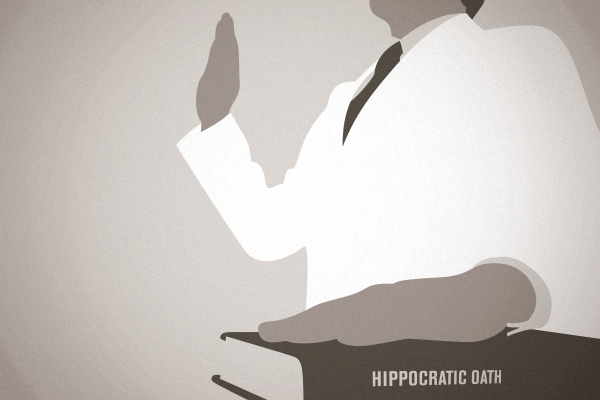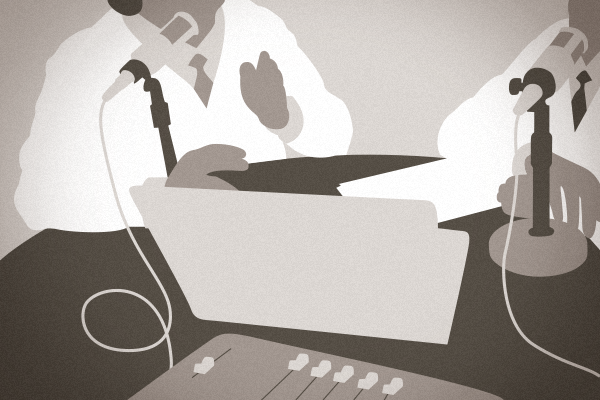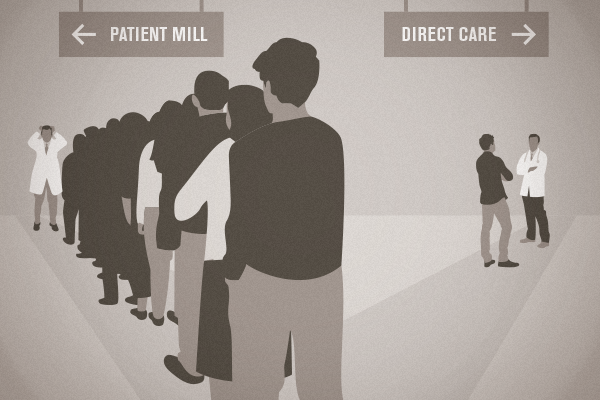Okay, so the title’s a bit sarcastic. But for anyone following the Obamacare debacle, you’ll want to get your head around CNN’s helpful article, “5 Things We Learned From Sebelius Obamacare Hearing.”
Our favorite item is number 5, where we find out that, yes, it would be illegal for Sebelius to sign up for an exchange plan, but not for the original reasons that she used to justify her seeming hypocrisy (She’s eligible for Medicare so that’s what disqualified her from the exchange). Of course she still claimed that Obamacare’s great and that she’d sign up if she could. Although, if it was so great, why would Congress write its own members out of the plan?
Now we wouldn’t go this far, but wouldn’t it be great if a cash-only doc offered Sebelius such a low-cost membership that she opted for direct care over Medicare? Maybe that type of publicity stunt could turn all this media fervor into a more productive conversation.



